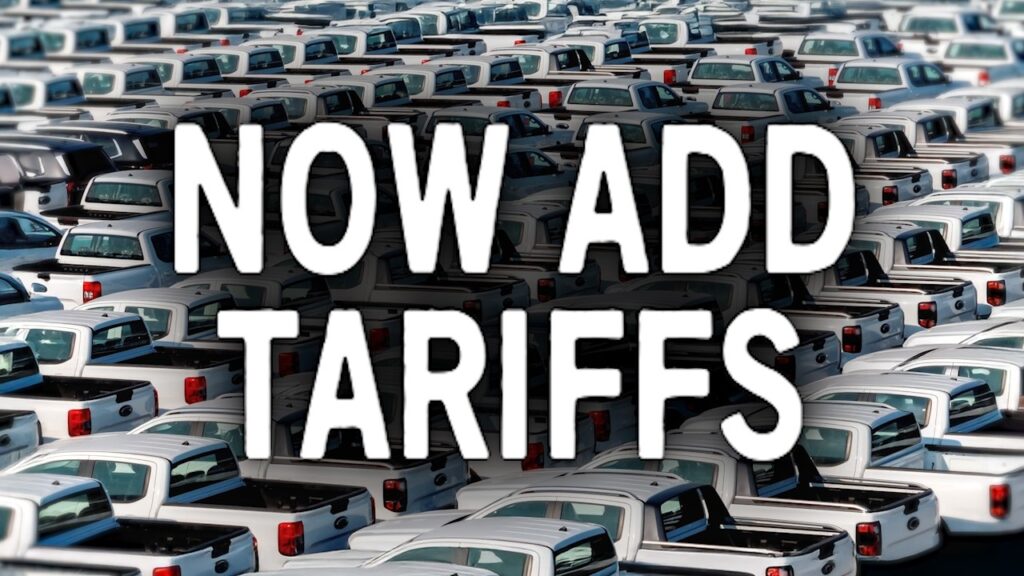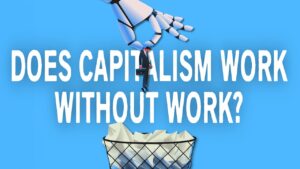The Global Car Market Is Hitting a Wall. Here’s What You Need to Know

The global car market is facing one of its toughest periods in decades. As someone who follows this industry closely, I can tell you that the challenges hitting automakers today are not just about sales they’re reshaping how we think about cars, debt, and transportation itself.
In 2023, most automakers, including Tesla, hit serious roadblocks. Tesla’s stock price dropped more than 50% since its 2022 peak, while sales worldwide slowed. What’s worse, Tesla has become a polarizing political brand, losing customers who once championed it. At the same time, supply chain disruptions, trade wars, and fierce competition from cheaper Chinese manufacturers are pushing several major brands toward bankruptcy. The reality is, car companies are raising prices just as consumers can least afford them, widening the affordability gap.
For buyers, the financial strain is glaring. The average new car now costs nearly $50,000 just $9,000 shy of the average annual pre-tax U.S. salary. Over 80% of cars are financed, with auto loans reaching $1.6 trillion, more than double what they were ten years ago. Dealerships are cashing in on financing, often rolling old debt into new loans, trapping buyers in a financing treadmill. Add in falling used car prices and higher interest rates, and many people are now “underwater” owing more on their cars than the vehicles are worth.
The pandemic only amplified these issues. Supply chain breakdowns pushed used car prices sky-high, letting people trade up for more money than usual. But now that supply has normalized, those inflated values are gone. Automakers also shifted to building only high-trim, high-margin models during shortages, effectively killing off the affordable new car market. Brands once considered mid-range are now priced like luxury vehicles, leaving buyers with fewer practical options.
These problems are structural, not temporary. America’s reliance on cars stems from the 1956 Federal Aid Highway Act, which built cities around highways instead of public transport. Today, 92% of U.S. households own a car, while just 55% have access to public transit. Cars are a necessity, but they’ve become a financial burden, with Americans spending almost twice as much per car as Chinese buyers. Our obsession with bigger, flashier vehicles has only fueled higher debt levels, especially as many stretch beyond their means to keep up appearances.
New car sales have already fallen by 1–2 million annually compared to pre-pandemic levels. Reliability improvements have extended the average car’s lifespan by three years over the past decade, so buyers are holding onto vehicles longer. This shift to used cars has hurt brands with poor reliability reputations like Stellantis and Nissan. Their resale values are suffering, and in some cases, it’s threatening survival. Nissan, for example, faces insolvency after years of slumping sales and overreliance on aggressive financing. Even a proposed government-brokered merger with Honda collapsed, leaving Nissan exposed. Stellantis is also struggling to escape its reputation for unreliability while trying to market itself as a luxury competitor.
On a broader scale, the auto industry’s reliance on consumer debt is pushing it closer to the edge. Automakers are leaning on government support while consumers rack up loans they can’t sustain. Gen Z, despite being the least wealthy generation, is buying luxury cars at the highest rates, chasing status symbols rather than financial security. Meanwhile, growing movements toward walkable cities, car-sharing, and public transit are starting to challenge the dominance of private car ownership.
Tesla’s story mirrors the larger EV market. The company has lost more than $500 billion in market value, battered by trade wars, Chinese competition, and consumer hesitation about EVs. Elon Musk’s polarizing image hasn’t helped, pushing some buyers away. And it’s not just Tesla electric vehicles overall are struggling more than gas-powered cars, weighed down by high costs and softening demand.
The takeaway? We’re at a crossroads. Cars remain central to daily life, but the financial and cultural model that’s powered the auto industry for decades is breaking down. Between debt, affordability, and shifting consumer values, the market’s future will look very different from its past.
All writings are for educational and entertainment purposes only and does not provide investment or financial advice of any kind.






